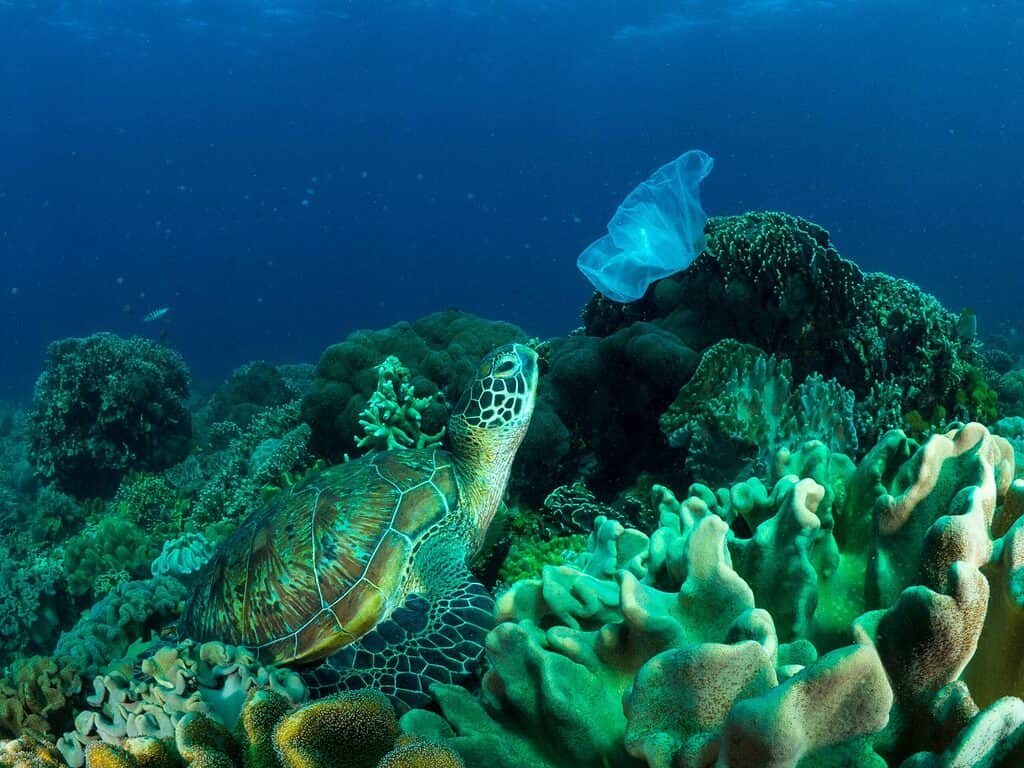The plastic packaging waste produced by Amazon, the largest retailer in the world, rose by 18% last year, reaching a whopping 709 million pounds, according to a new report. This is enough plastic to circle the Earth more than 800 times in the form of air pillows, the researchers estimated – a figure much higher than what’s officially being reported by the company.

Plastic is one of the biggest environmental problems of our time. Over half of the sea birds, marine mammals and sea turtles have ingested or become entangled with plastic, according to previous studies. We are also exposed to plastic in our food and water. Overall, the world produces over 500 billion tons of plastic waste every year.
Some of this plastic is hard to replace — there’s a reason why we use so much plastic in packaging. But much of this plastic could be replaced, or simply not used, and much of the plastic used by online retailer Amazon falls into this category.
Oceana, a global marine campaigner organization, released a new report “The Cost of Amazon’s Plastic Denial on the World’s Ocean,” revealing the plastic pollution stemming from billions of packages purchased through Amazon’s e-commerce website. But the company says it’s not doing anything wrong, Oceana adds.
“The science is clear, the type of plastic used by Amazon for its packaging is a threat to the oceans. Customers and shareholders are calling for the company to act. It’s time for Amazon to, as it has on climate, step up and commit to a global reduction in its use of plastic packaging,” Matt Littlejohn, Oceana’s Senior Vice President for Strategic Initiatives, said in a statement.
Amazon and its plastic problem
Amazon dismissed the figures presented by Oceana, claiming it used 214 million pounds of single-use plastic in its global operations network. This is the first time the online retailer has disclosed figures on the amount of plastic it uses for packaging, Oceana said, but the figures are not comparable to what’s included in the report.
While Oceana’s estimate includes all sales through Amazon’s platforms globally, Amazon’s figure only includes plastic packaging used for all orders sent through Amazon-owned and operated fulfillment centers. This then excludes orders made on Amazon’s e-commerce platforms and carried out through third-party sellers.
Amazon also claimed to have reduced the average plastic packaging weight per shipment by over 7% in 2021. However, it has not disclosed how much its plastic footprint grew from 2020 to 2021, Oceana said. Amazon’s sales are reported to have grown by 22% in this period. As sales increase, the company’s plastic footprint grows too, the NGO said.
“While Oceana acknowledges that the company has taken an important step towards increased transparency, it is disappointing that Amazon continues to deny that single-use plastic pollution is a problem that merits specific global reduction goal,” Littlejohn said, claiming Oceana’s figures remain to be the most estimate number of Amazon’s plastic use.
Amazon has the necessary tools to solve its plastic problem, Oceana said, citing examples of actions taken by the company, such as in Germany, where it moved away from plastic packaging use for shipments originating in its fulfillment centers. However, it’s choosing not to do so on a global scale, despite the cost to the planet, the NGO said.
To tackle its growing plastic problem, Oceana is calling on Amazon to make a company-wide commitment to reduce the total amount of plastic packaging it used by at least one-third below current levels by 2030. Also, Amazon should publicly report on its plastic packaging footprint, as well as on the full climate impact of all its products sold.






